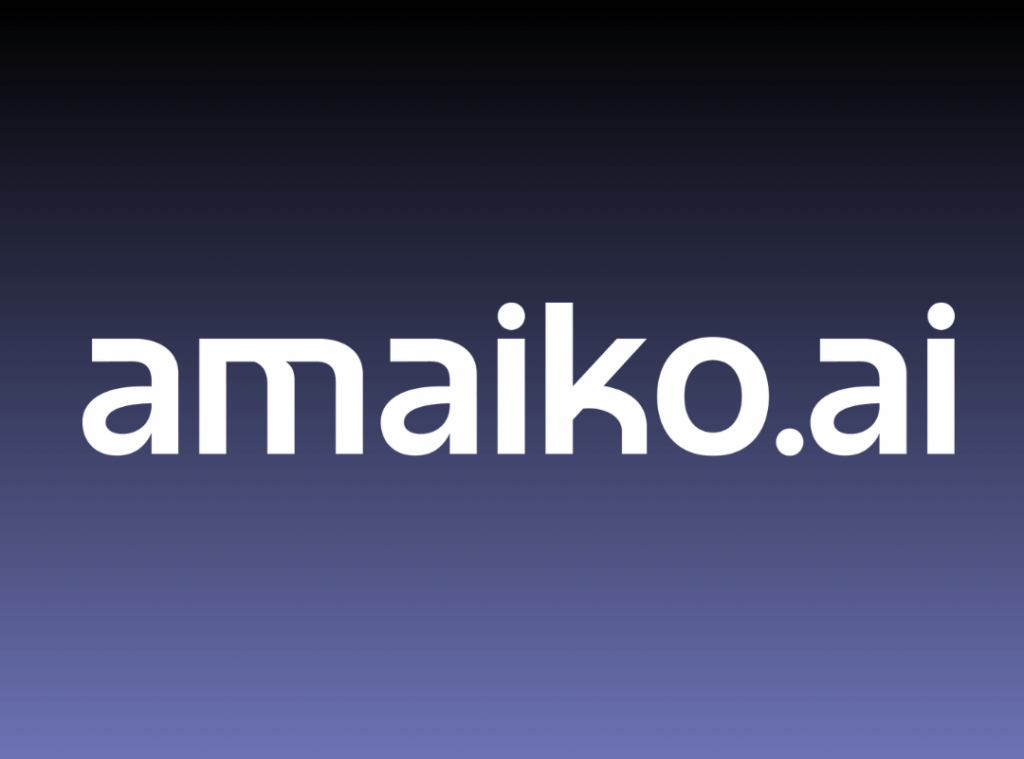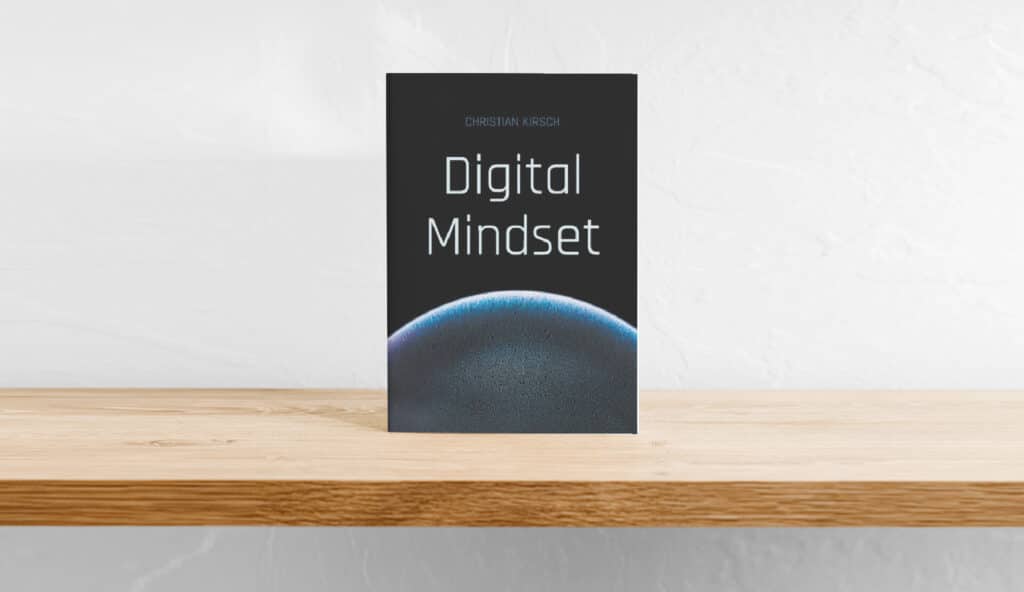Practical strategies to avoid cost traps and optimize your IT budget sustainably
In today's increasingly digital business world, IT expenditure is one of the key cost and competitive factors - especially for medium-sized companies like yours. Budgets are growing, requirements are increasing and technical complexity is constantly on the rise. This harbors risks: cost traps lurk in many places and inefficient processes limit your entrepreneurial scope. This makes structured and forward-looking IT cost management all the more important.
In this article, I will show you practical levers with which you can manage your IT costs transparently and optimize them sustainably. With specific tips, quick wins and a look at typical cost traps, you'll receive immediate added value.
Create transparency: Recognizing and avoiding cost traps
The first step towards an efficient IT budget is clarity about all cost items. This is because the real cost drivers are often hidden in the details: superfluous licenses, hidden operating costs, unused software or hardware, "shadow IT" (i.e. tools that are used outside of official IT) or outdated maintenance contracts. Without a complete overview, expenditure grows unnoticed.
Practical tip: Carry out an IT audit at least once a year. Use modern cost analysis tools to visualize your expenses transparently. Involve your specialist departments to uncover shadow IT and eliminate unnecessary applications.
Typical cost traps:
-
Unclear or duplicate licenses
-
Uncontrolled usage-based billing
-
Unplanned IT service expenses
-
Self-procured tools (shadow IT)
-
Outdated maintenance contracts or hardware
Actively manage licenses and contracts
License costs for software and cloud services often make up a large part of the IT budget. Complex models, growth or new requirements quickly lead to over-licensing - or the opposite: to expensive additional licenses. Contracts with service providers are also rarely consistently reviewed or renegotiated.
Practical tip: Create a central license and contract register. Regularly check which software is actually being used. Adjust licenses that are no longer needed or cancel them. For new contracts, you should actively negotiate discounts and regularly review existing conditions.
Quick-Wins:
-
Automate license management
-
Analyze license requirements based on real usage
-
Systematically review old contracts
Keeping cloud costs under control
Cloud services bring a lot of flexibility - but also new risks. Dynamic pricing models, unclear billing and a lack of monitoring often lead to budget surprises. Resources are often booked but never used ("zombie instances") or kept permanently available even though they are hardly needed.
Practical tip: Use the flexibility of the cloud consistently. Switch off resources when they are not needed. Automate cost monitoring. And regularly compare offers from different providers. A multi-cloud strategy can also make sense.
Typical optimization options:
-
Switch off unused instances or databases
-
Use reservations for plannable use
-
Do without unnecessary additional services
-
Set up cost alerts and automatic reports
Set up IT processes and infrastructure efficiently
High costs are often caused by outdated systems or inefficient processes. If there are no clear strategies for the IT architecture, the result is uncontrolled growth - with duplication of effort, a lack of transparency and increased maintenance costs. In SMEs in particular, IT is often organized "on the side", which encourages errors.
Practical tip: Critically analyze your IT processes. Where can you digitize? What can be automated? Standardized platforms and modern infrastructures - whether on-premises or in the cloud - help you to increase efficiency and reduce costs.
Quick-Wins:
-
Automate helpdesk and support processes
-
Introducing self-service portals for employees
-
Establish central monitoring and error analysis
-
Targeted replacement of outdated systems
Strengthening cost awareness in the company
Sustainable IT cost management only works if everyone in the company has a basic understanding of IT costs and benefits. IT is no longer just a matter for the IT department - inefficient use affects the entire team.
Practical tip: Provide regular training to increase knowledge in dealing with IT systems. Talk openly about IT costs and create transparency. Actively involve your team - practical suggestions for improvement can save you money. And: the more know-how you have internally, the less you have to hand over to external service providers.
Tips for more cost awareness:
-
Create clear and comprehensible IT cost reports
-
Making specialist departments responsible
-
Carry out awareness measures and training on a regular basis
Conclusion: Make your IT a success factor
Lean, future-oriented IT cost management is not a one-off effort, but an ongoing process. If you create transparency, actively manage licenses and contracts, keep an eye on cloud costs, optimize processes and get your team on board, your IT will go from being a cost factor to a real success factor in the SME sector.
Book now Your free strategy meeting - non-binding and concrete.




